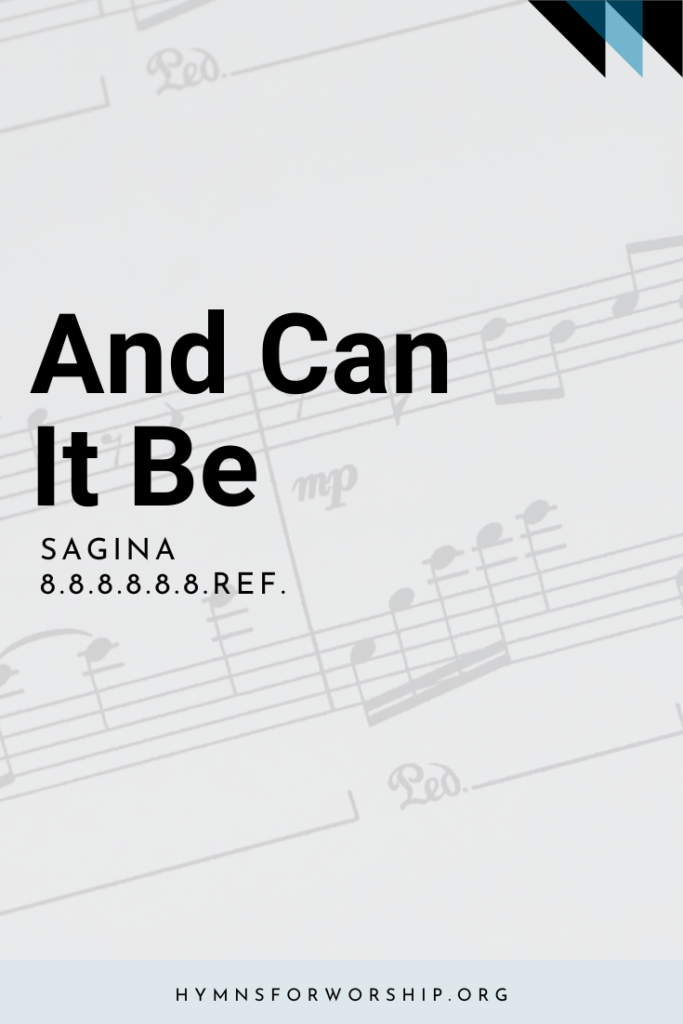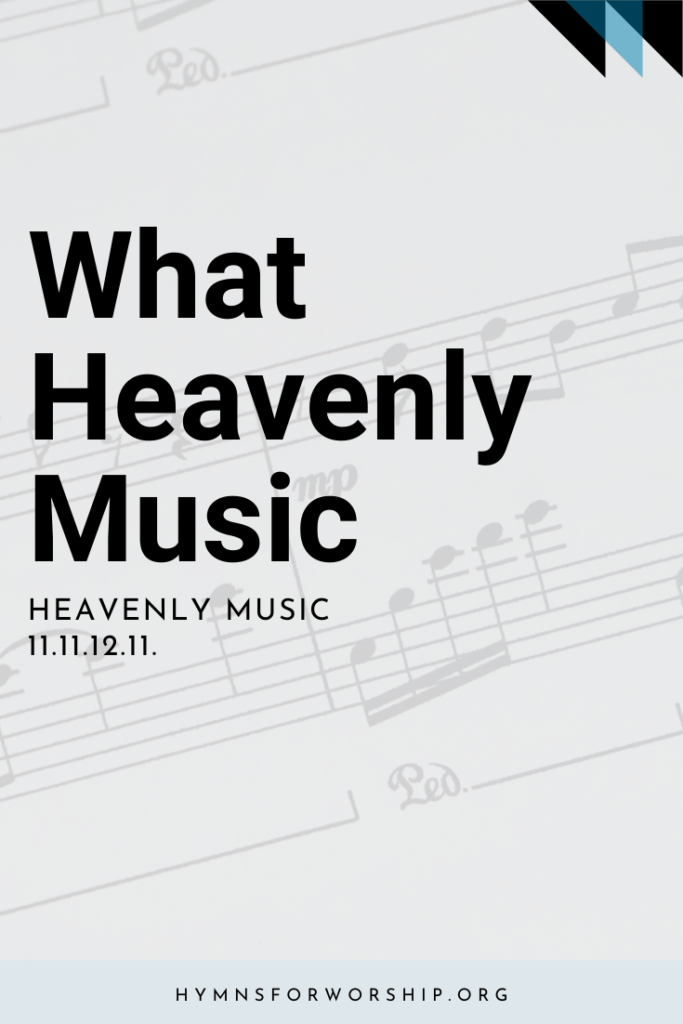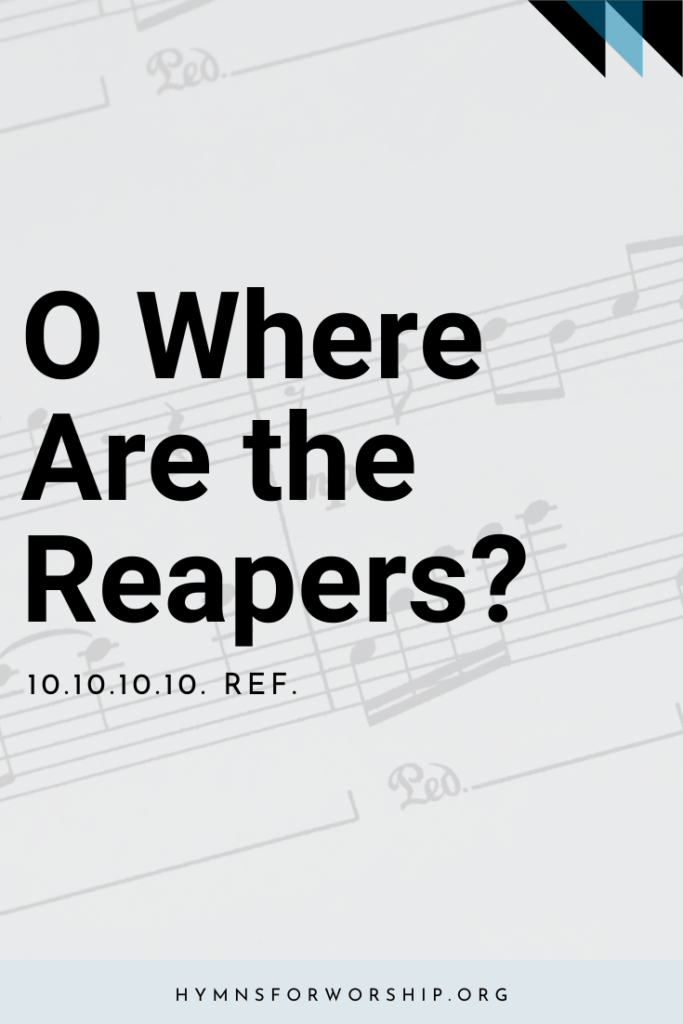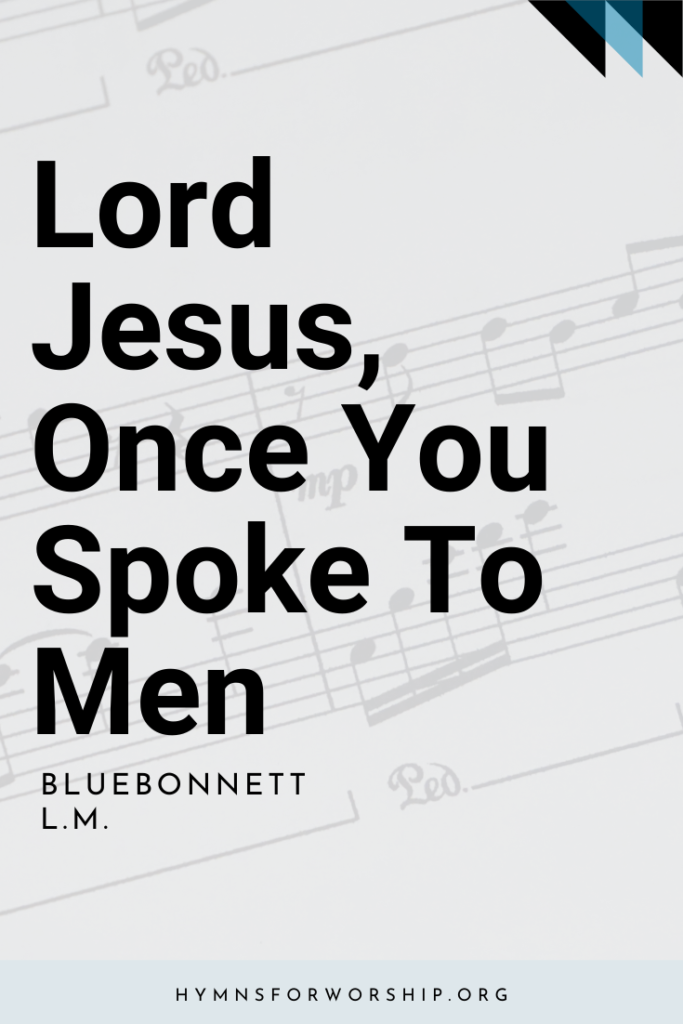JESUS CHRIST >> Birth
SDAH 127
Infant holy, infant lowly,
For His bed a cattle stall;
Oxen lowing, little knowing
Christ the babe is Lord of all;
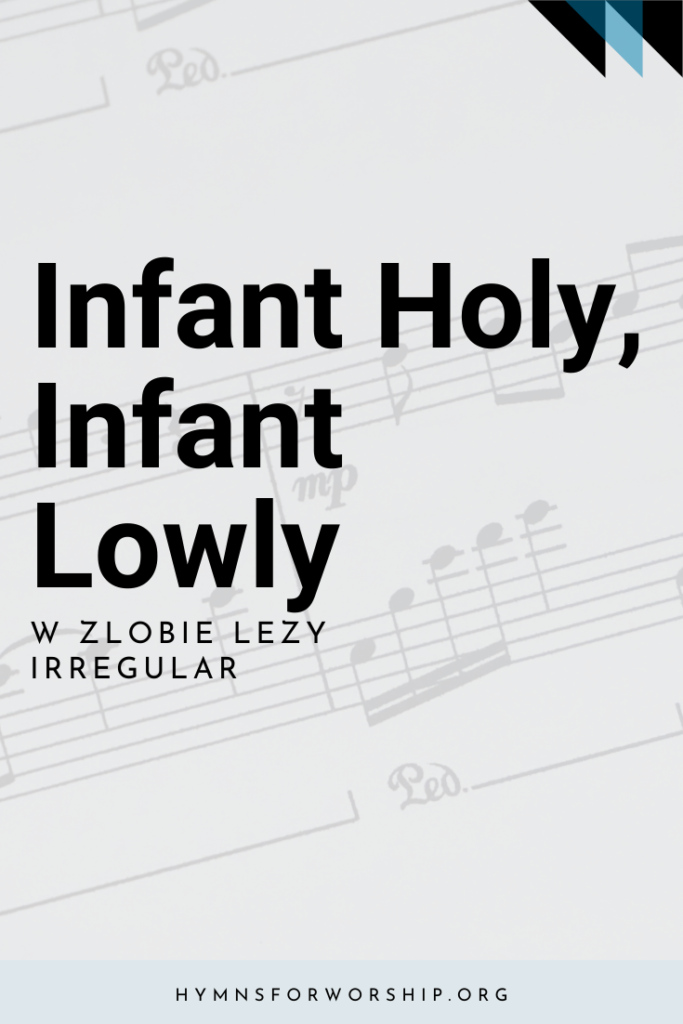

Get the hymn sheet in other keys here
For Worship Leaders
Make each hymn more meaningful with these helpful tools: Short, ready-to-use hymn introductions for church bulletins, multiple ways to introduce a hymn based on your worship theme and in-depth history and insights to enrich your song service.
Hymn Spotlight: Infant Holy, Infant Lowly
Rooted in a 13th-century Polish carol, Infant Holy, Infant Lowly carries the gentle lilt of a lullaby, echoing the joy of heaven and the humility of Christ’s birth. Angels sing, shepherds run, yet the most wondrous truth is that the Infant in the manger is the Savior of the world.
Translated into English by Edith Reed in 1923, the hymn ends each stanza not just with wonder, but with a call—to all, and then to each heart: “Christ the Babe is Lord of all… Christ the Babe was born for you.”
As we sing, may our hearts be reminded that this Child came not only once in Bethlehem, but is coming again, soon.


Text
1
Infant holy, infant lowly,
For His bed a cattle stall;
Oxen lowing, little knowing
Christ the babe is Lord of all;
Swift are winging angels singing,
Noels ringing, tidings bringing,
Christ the babe is Lord of all,
Christ the babe is Lord of all.
2
Flocks were sleeping, shepherds keeping
Vigil till the morning new;
Saw the glory, heard the story,
Tidings of the gospel true;
Thus rejoicing, free from sorrow,
Praises voicing greet the morrow,
Christ the babe was born for you,
Christ the babe was born for you.

Hymn Info
Biblical Reference
(a) Luke 2:7, 11-13 (b) Luke 2:8-10
Translator
Edith M. Gellibrand Reed (1885-1933)
Text Source
Polish carol
Year Published
1921
Copyright
Arrangment copyright by Australian Hymn Book Co.
Hymn Tune
W ZLOBIE LEZY
Metrical Number
Irregular
Tune Source
Polish carol melody, c. 13th century
Theme
BIRTH OF JESUS CHRIST


